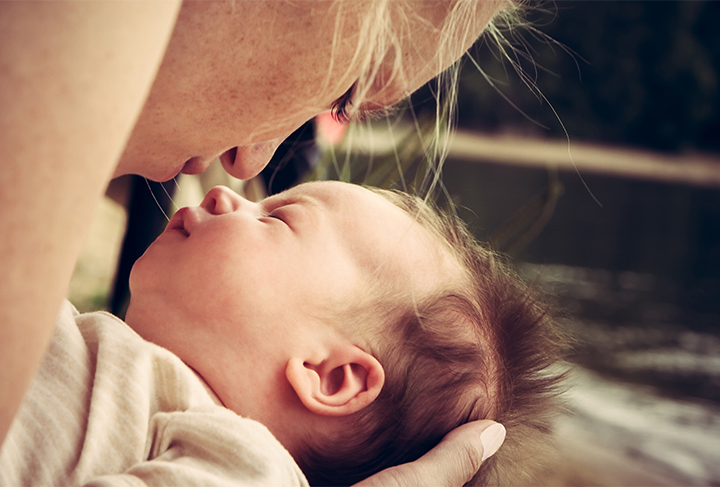
Do Baby Monitoring Apps Work?
- Home
- Services
- Additional Information
- Newborn and Baby Care
- Do Baby Monitoring Apps Work?
Baby apps are nothing new to modern parents. Breastfeeding apps and apps that record stool and urine output have been helping parents track the first few weeks of a baby’s life for years. New to the market, however, are baby monitoring apps that combine a wearable device and communication with your smart phone. Are these new gadgets useful, safe, beneficial, cost effective and necessary?
First, it helps to look at what baby monitoring apps intend to be measuring. The wearable monitors are designed to track temperature or heart rate and pulse “ox.” In both cases a small patch is adhered to the child with an adhesive. A cordless signal is sent to a base that then transmits the information to your smartphone. These are different from the movement monitors that place a pad under the child’s bed sheet to detect movement, including breathing.
Devices used to continuously monitor temperature are marketed to parents as offering a remote way to follow your sick child’s temperature without having to wake them frequently to measure with a traditional thermometer. An alarm can be set on your phone to alert you when the temperature falls outside a particular number. The app also has a place to enter time, name, and dose of medication in order to keep track of what you have given and how the temperature responds.
Pulse “ox” is a measure of the level of oxygen in a person’s blood. In the case of heart rate and pulse “ox” monitors, alarms are set to ring when the heart rate is either above or below a set range and when and if the pulse “ox” dips below a certain number. While there is no direct claim that these monitors prevent Sudden Infant Death Syndrome (SIDS), the implication is that if a child stopped breathing, the alarm would sound and avert a crisis.
Are They Safe?
The downside to the monitors is that as of now they have not been approved by the Food & Drug Administration as medical devices. This means that while they must be safe to be sold, they need not perform up to the standards of medical-grade monitoring devices. Nor do they need to prove that they are reliable, accurate, or beneficial. To do so would involve medical research trials, which are expensive and time-consuming. The other issue is that they do not come with any guidance for parents. So when an alarm sounds, the parent has to interpret what to do with that information.
For example, if a 6-month-old is wearing a portable heart rate monitor and the app detects a low heart rate, the parent is awakened. The parent then finds a normally sleeping child, readjusts the monitor, and the alarm stops. Does the parent rush to the ER to have the well-appearing child examined? Do they call their doctor? Do they ignore the alarm, assuming it to be a false alarm?
The bottom line is that for a healthy, normally developing infant, there is no evidence to suggest these apps are necessary, that they prevent the tragedy that is SIDS, or that they are better than the old-fashioned thermometers. They are also a significant added expense without a proven benefit. At this time, the American Academy of Pediatrics does not recommend their use in healthy infants.
